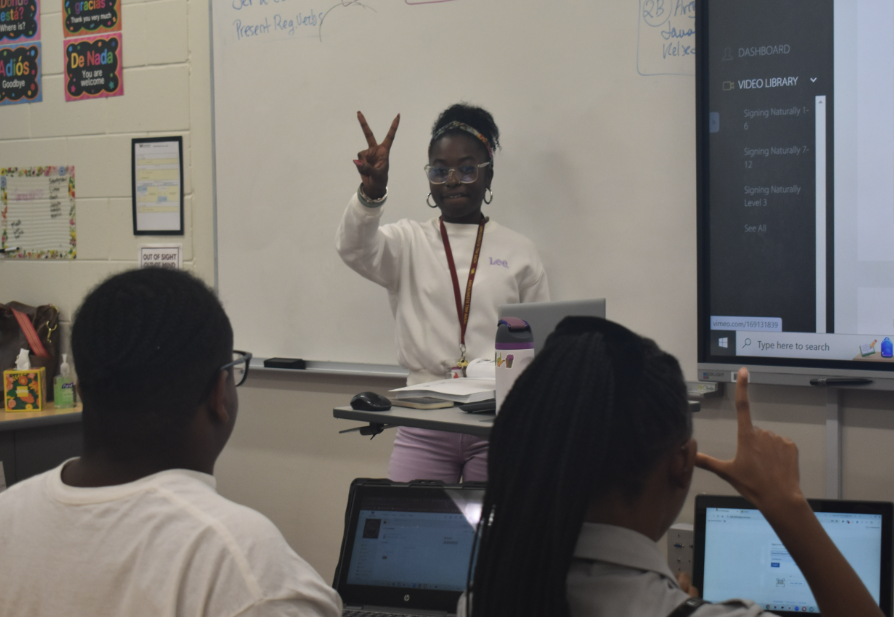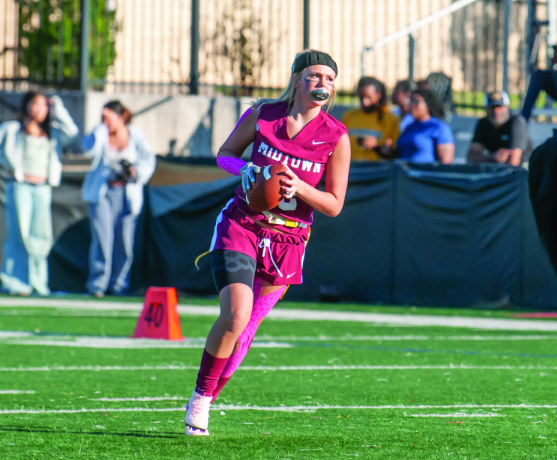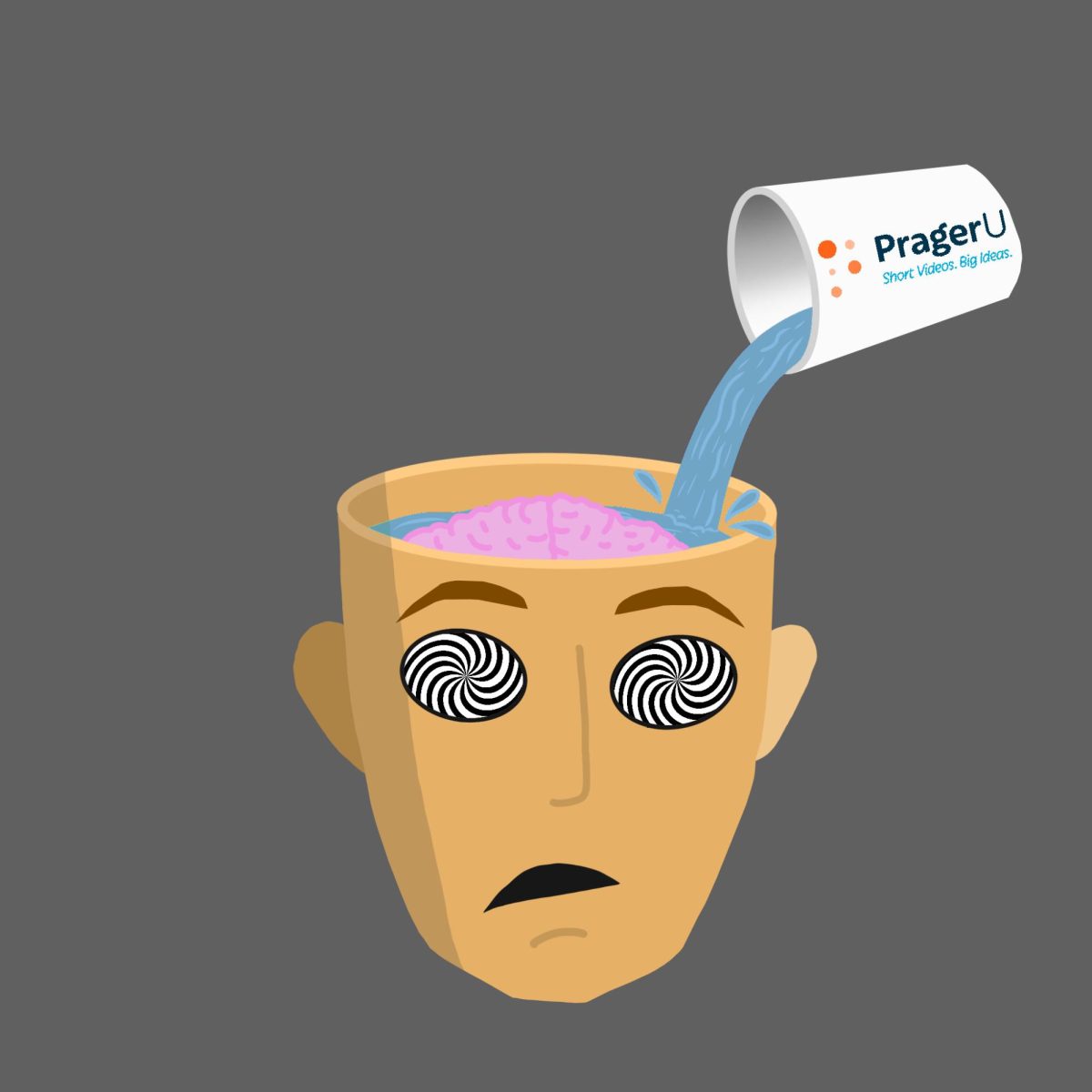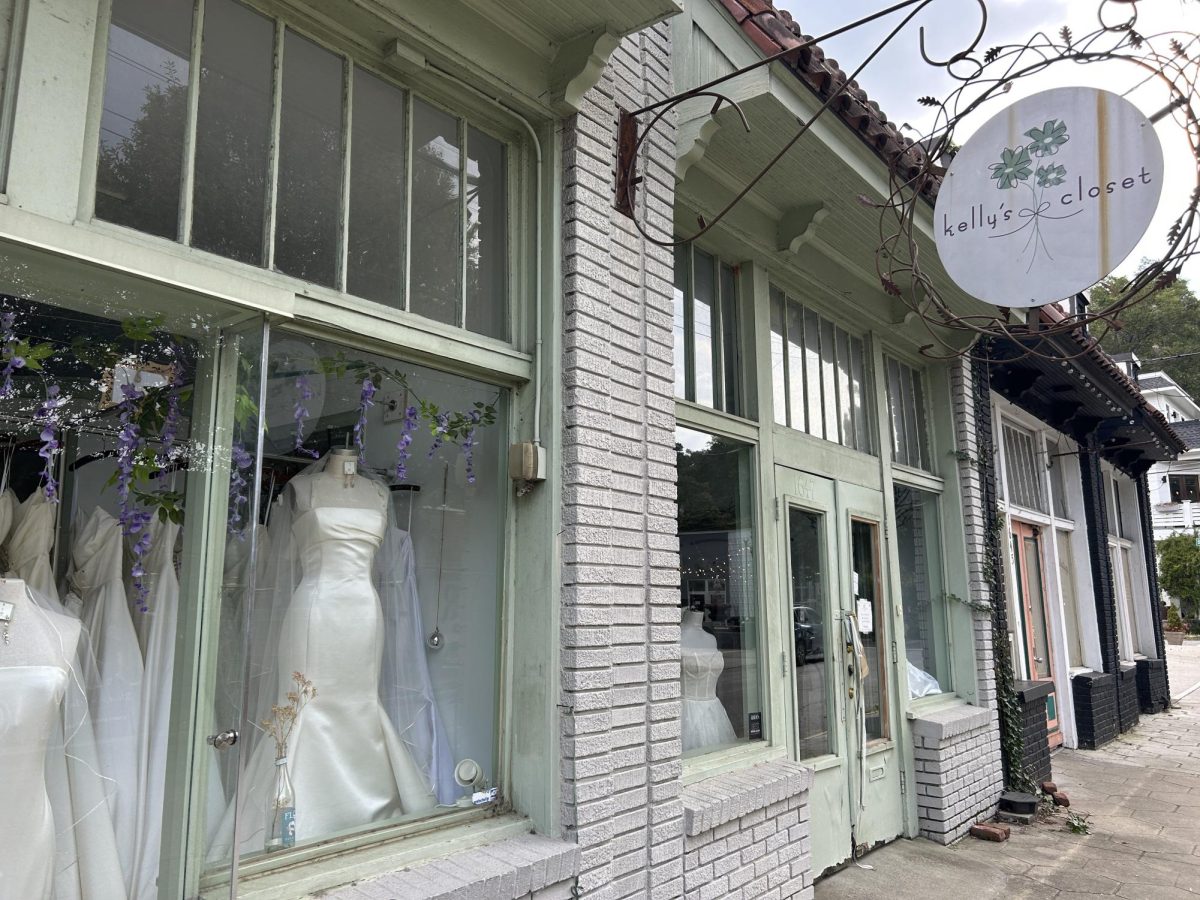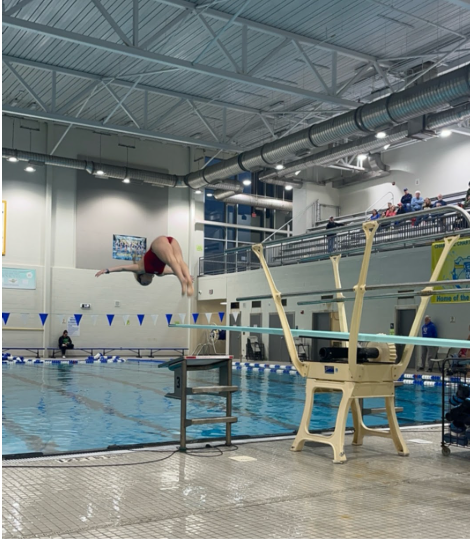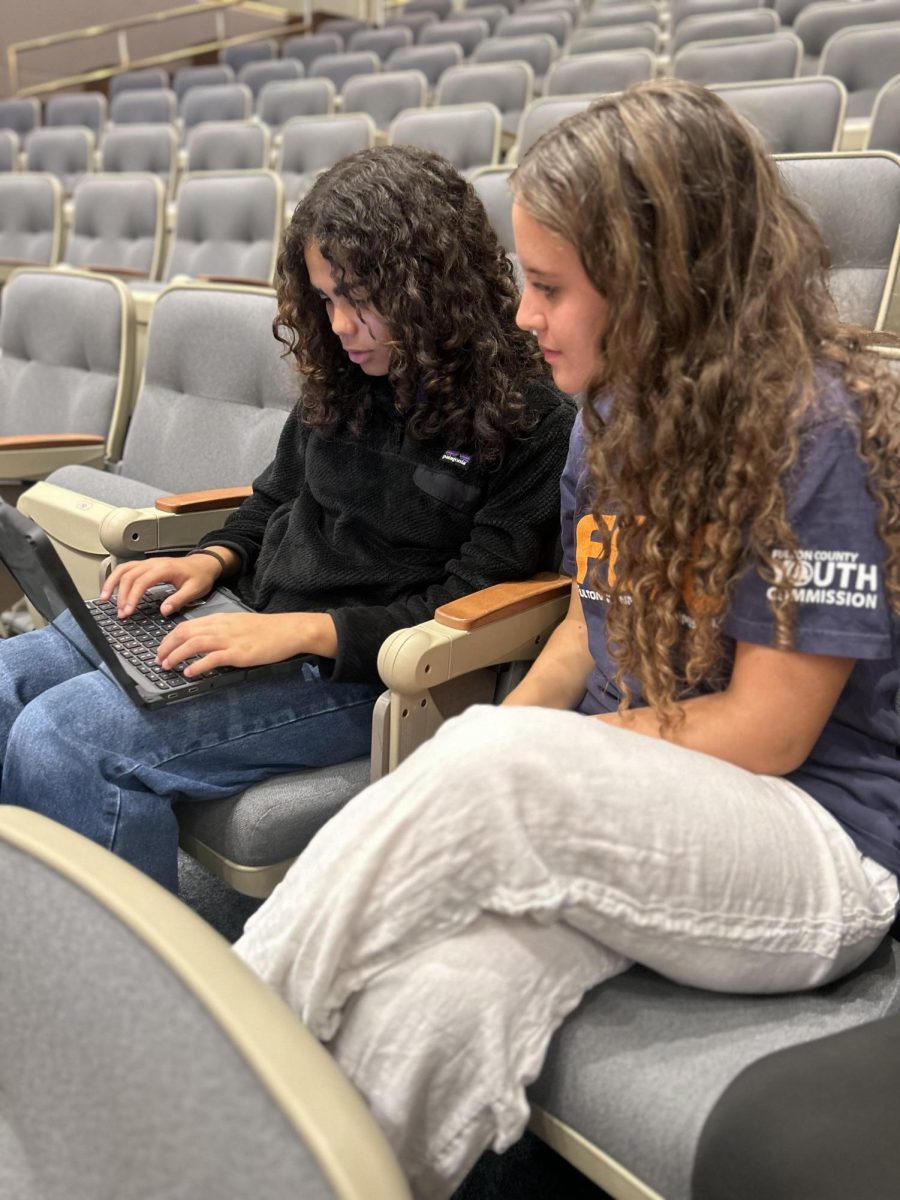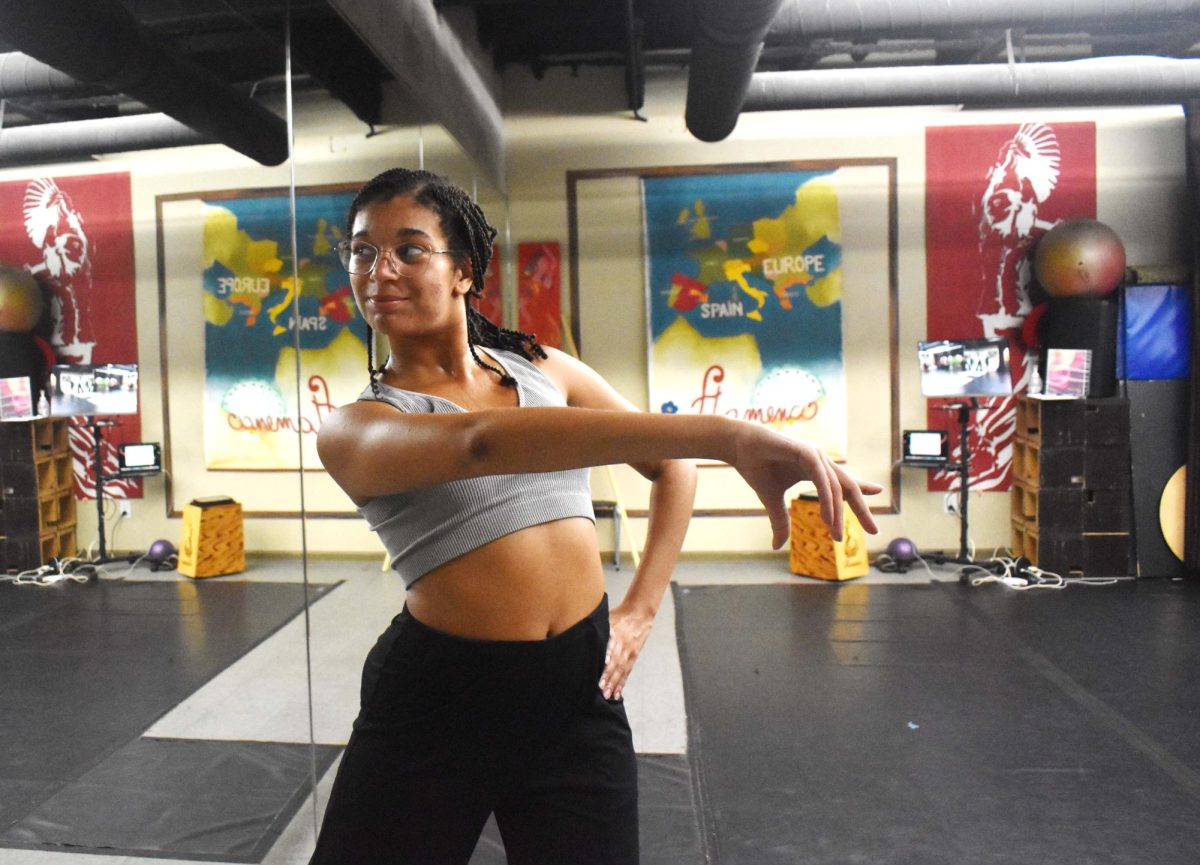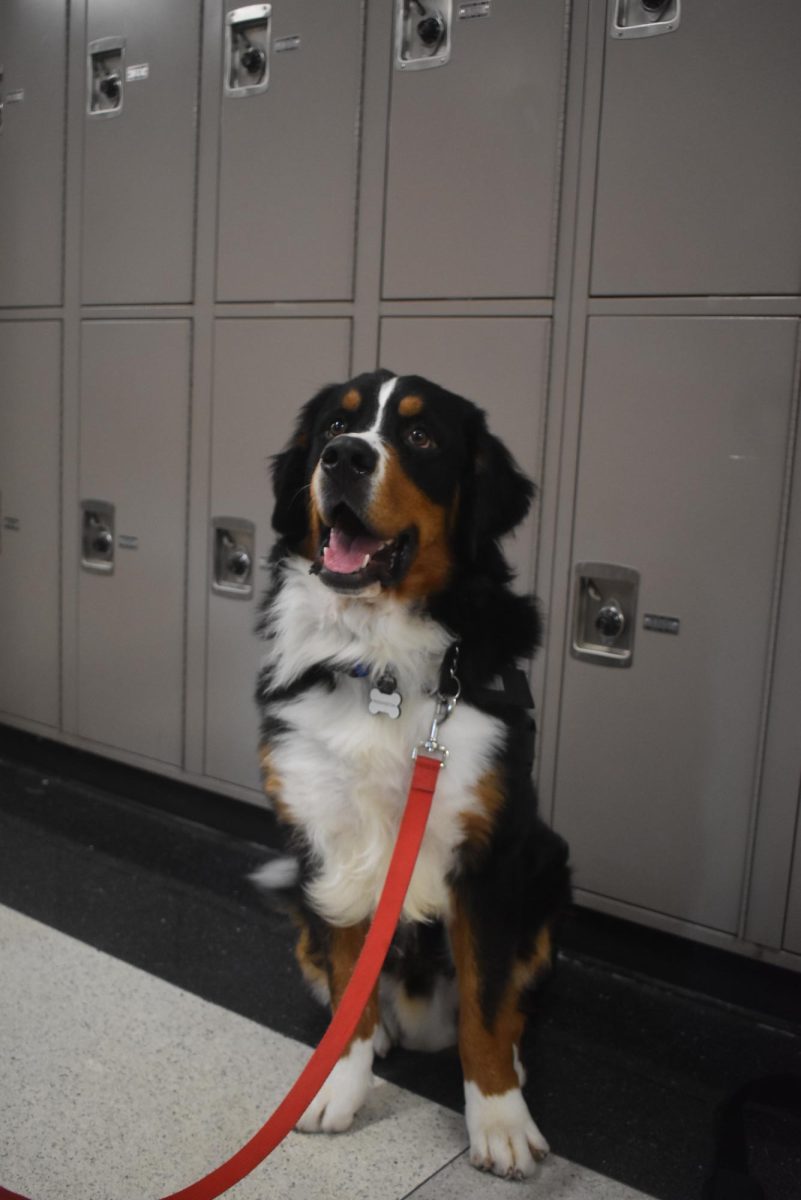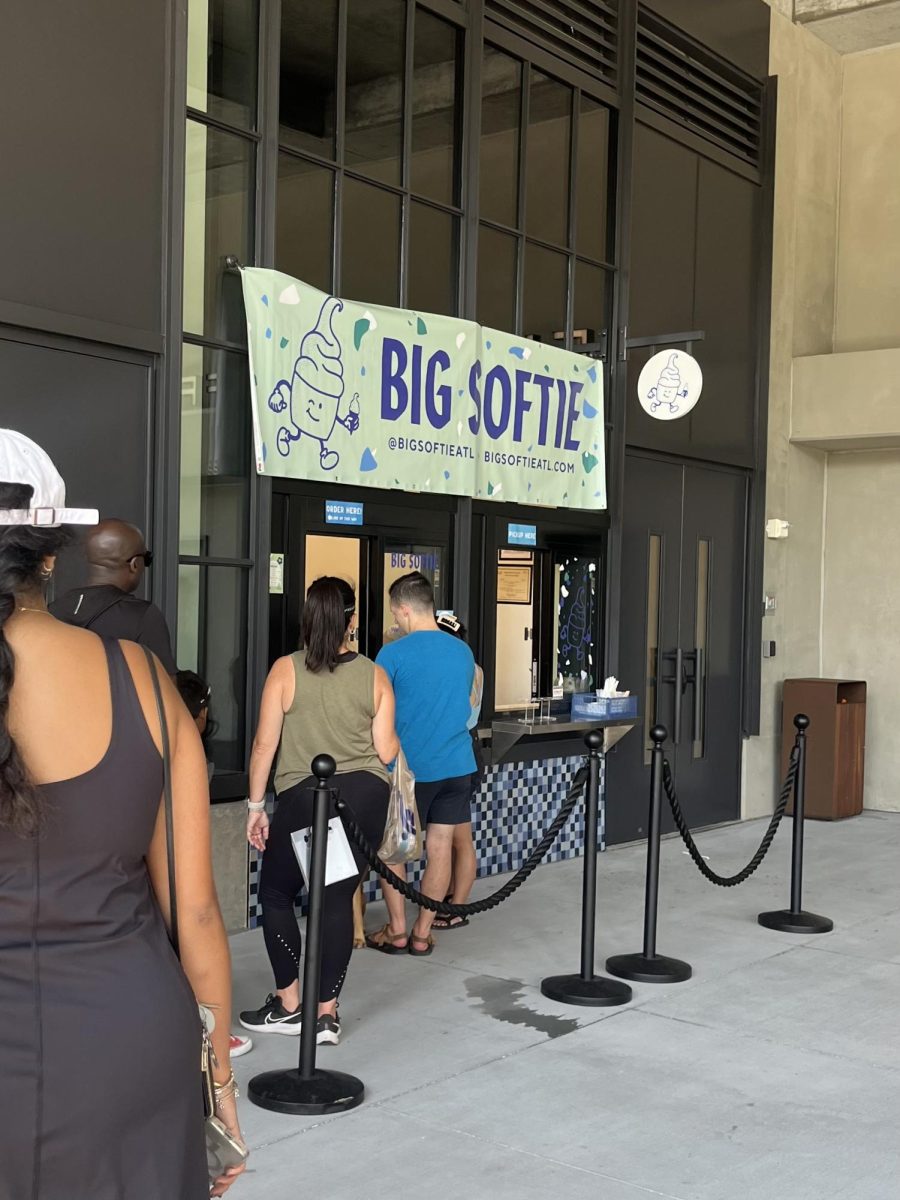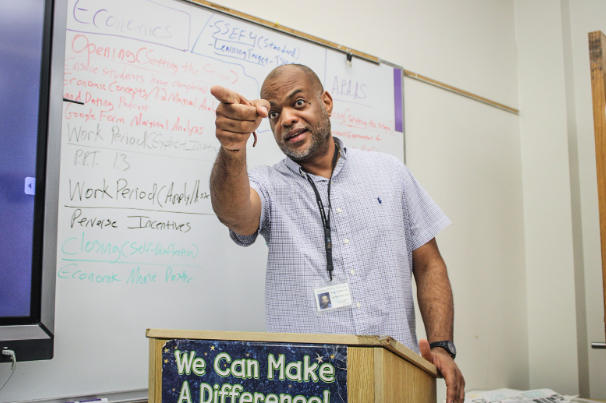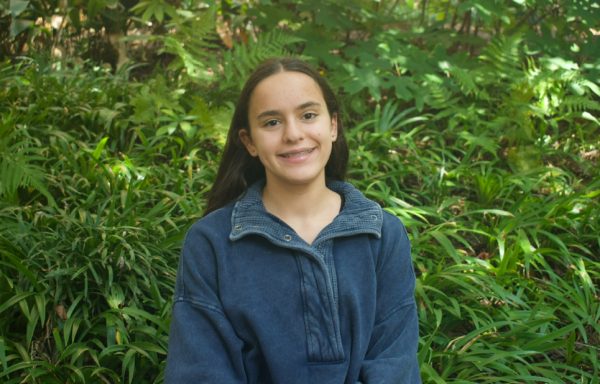In most language classes, students learn and communicate through their voices. However, in American Sign Language, students learn to communicate using their hands, requiring innovative teaching methods.
ASL teacher Labreshia Lee has created an environment that fosters learning and changes the conventional teaching methods to develop better signers. Lee first started learning ASL in middle school, inspired by a deaf friend.
“My friend in sixth grade, she was just in my class and wasn’t really talking to anybody,” Lee said. “That inspired me to learn the language, so I could communicate with deaf people.”
After beginning her journey in ASL, Lee got a degree in ASL Interpreting from Valdosta State University.
“[In college] we couldn’t use our voices at all, so we had to stay focused and be engaged,” Lee said.
Lee said her experience in college allowed her to be more prepared for her future career in education.
“The classes take up most of your time in college, and then you have to go to an internship, so that pretty much prepared me to get here.” Lee said.
Before Midtown, Lee worked as an interpreter for deaf students at Mundy’s Mill Middle School in Clayton County.
“I was working at a middle school with deaf students, and I would follow them throughout their classes to interpret what the hearing teacher was saying to them,” Lee said.
Lee has been at Midtown two and a half years and teaches all of the ASL classes. ASL III student, junior Emma Sullivan, said because ASL focuses on visual communication, it creates a more unique curriculum.
“ASL is unique considering you are communicating solely with your hands; there is no textbook to read or worksheet to use to practice,” Sullivan said. “All of the learning we do is very interactive.”
Since Lee works with both new students and students who are continuing ASL, she said she aims to ensure everyone feels comfortable with what they are learning.
“I like how patient she is with understanding that this is new to us, so she never gives us a hard time about it.” freshman Emoni Caldwell said. “She’s patient; she understands where we come from when it’s like, ‘Oh I don’t get it.’ She works with us in ways that I don’t think any other teachers work with us. She puts us in pairs with someone she knows [understands] it. It’s a lot of little things that she does that I don’t have in any of my other classes.”
In previous years, the curriculum for ASL was only extended to two courses. However, this school year, ASL gained a third course so students could further their knowledge of the language. Sullivan said ASL III has been a shift in the intensity of the course, creating a more challenging, but rewarding experience.
“Now that we are in ASL III, there aren’t as many videos to watch and interpret,” Sullivan said. “We now have a lot more assignments that involve us doing the signing, which is a nice change of pace from the past two years.”
In her classes, Lee works to create an engaging environment, which is key to keeping students focused in class. Students can more easily absorb what is being taught, as a result.
“She makes the course fun by combining both your standard school work that we need for the class with fun projects and assignments to not have us do the same thing all the time,” Sullivan said.
Caldwell said Lee’s teaching allows students to be challenged, but also comfortable with what they are learning.
“When we walk in the door every morning, she makes us sign good morning, good afternoon, goodnight, so I like that, and I like that there’s something new every day,” Caldwell said. “Most classes are predictable. You know when you come in you have to do this, you’ve got to do that, but in Ms. Lee’s class, I know I have to come in and sit down, and it’s something new every day, so it’s just always a fun challenge.”
Students are using their skills outside of the classroom, as well.
“I ran into a deaf person the other day; I was walking down the street, and I asked how they [were] doing, and they were surprised,” sophomore D’Eric Mitchell said. “They [were] like, ‘There’s not many people around that know sign language.’ That’s crazy to think about, I know sign language, and there’s a lot of people who don’t. Interactions like that can help you. It’s very important that we have it at this school because that’s expanding the knowledge of these young students like myself.”
Caldwell said Lee works to ensure each student receives the help they need to succeed in her class.
“[I’ll continue to] build that relationship with my students, so they’ll have fun with me and understand me, and respect me and respect the language in the class,” Lee said.
Mitchell said Lee helps students connect to her and the curriculum, which makes the class more enjoyable.
“She’s very energetic,” Mitchell said. “She brings the energy to the class. She builds that connection; she laughs with us and jokes with us.”
By making connections with students, Sullivan said Lee is creating a more welcoming environment for students. Sullivan said Lee has not only created a better space to learn, but in the process, a community.
“Ms. Lee has made a good connection with a lot of her students, including myself,” Sullivan said. “She just has this bubbly personality that makes you want to learn, but also just have a conversation with her about whatever you want.”
Sullivan said that as a result of the connections Lee makes, she is educating students while also serving as a person who they can confide in.
“I think ASL is special because it plays such a crucial role in the deaf community, and offers such a unique and expressive way of communicating.” Sullivan said. “I love the way Ms. Lee teaches and how her class can be both helpful with learning and just advice on whatever you may need.”

